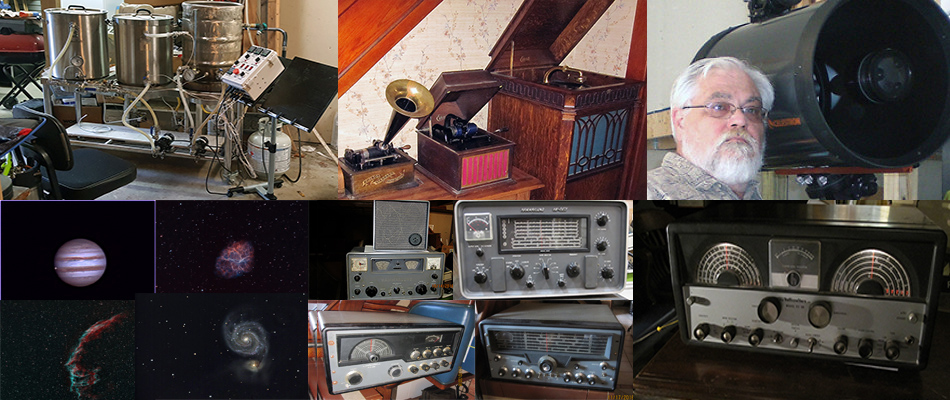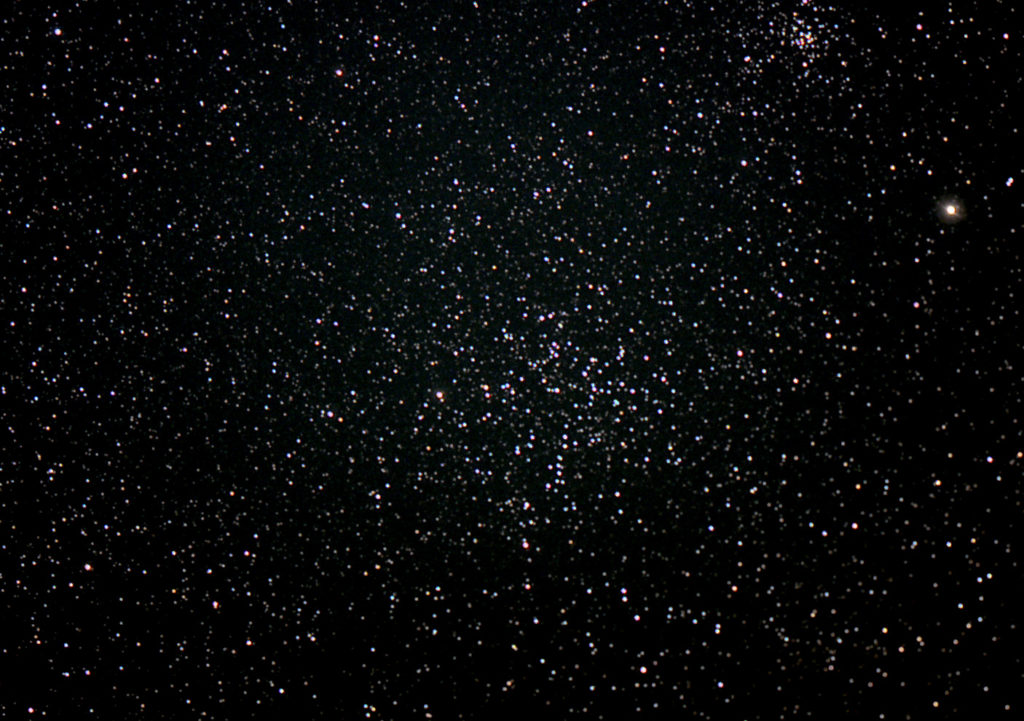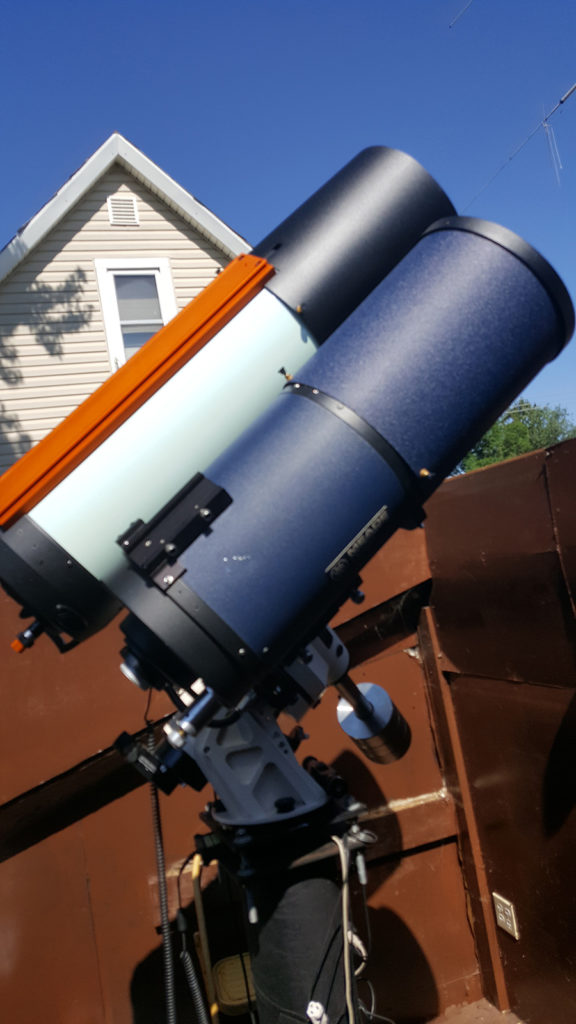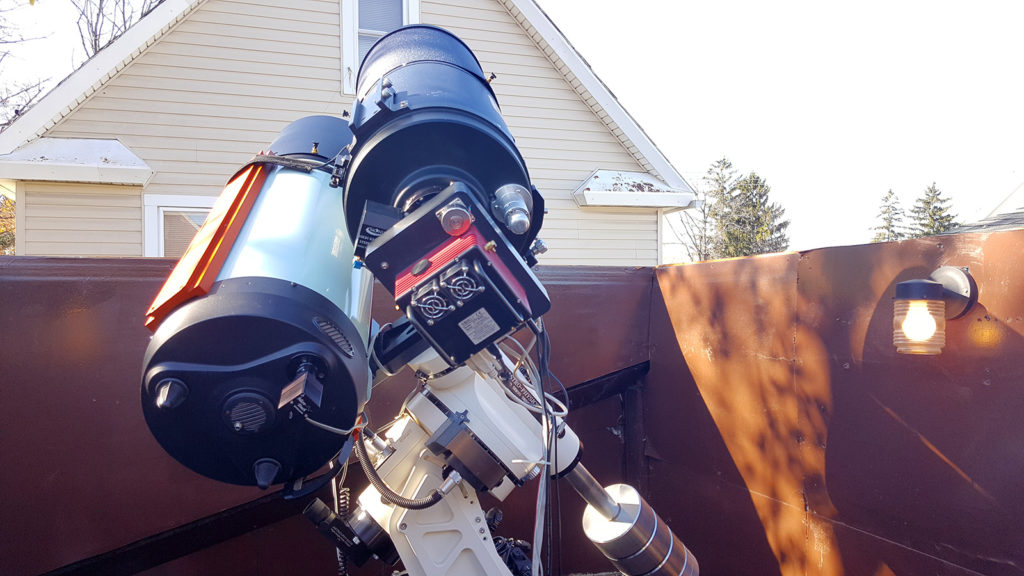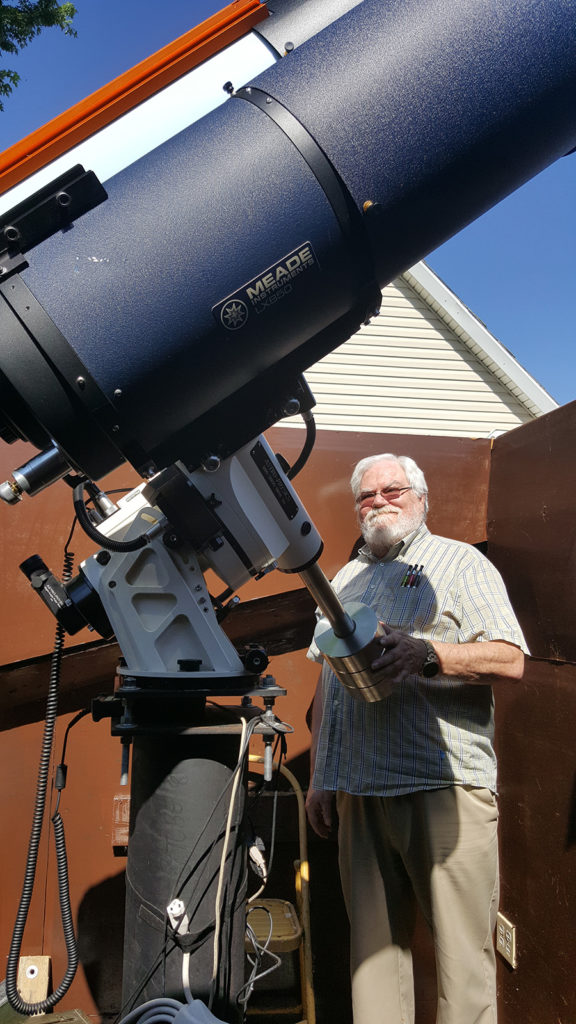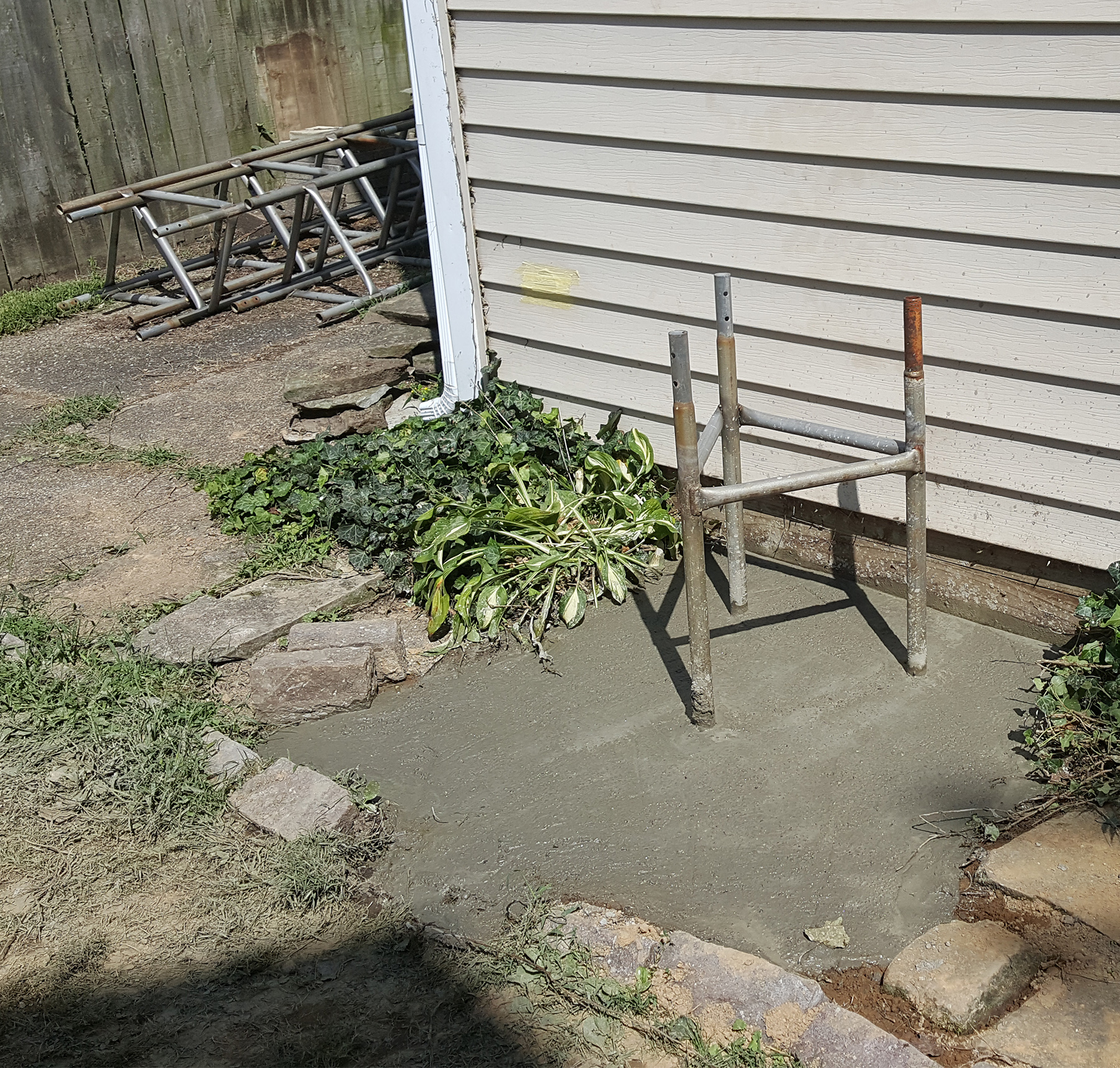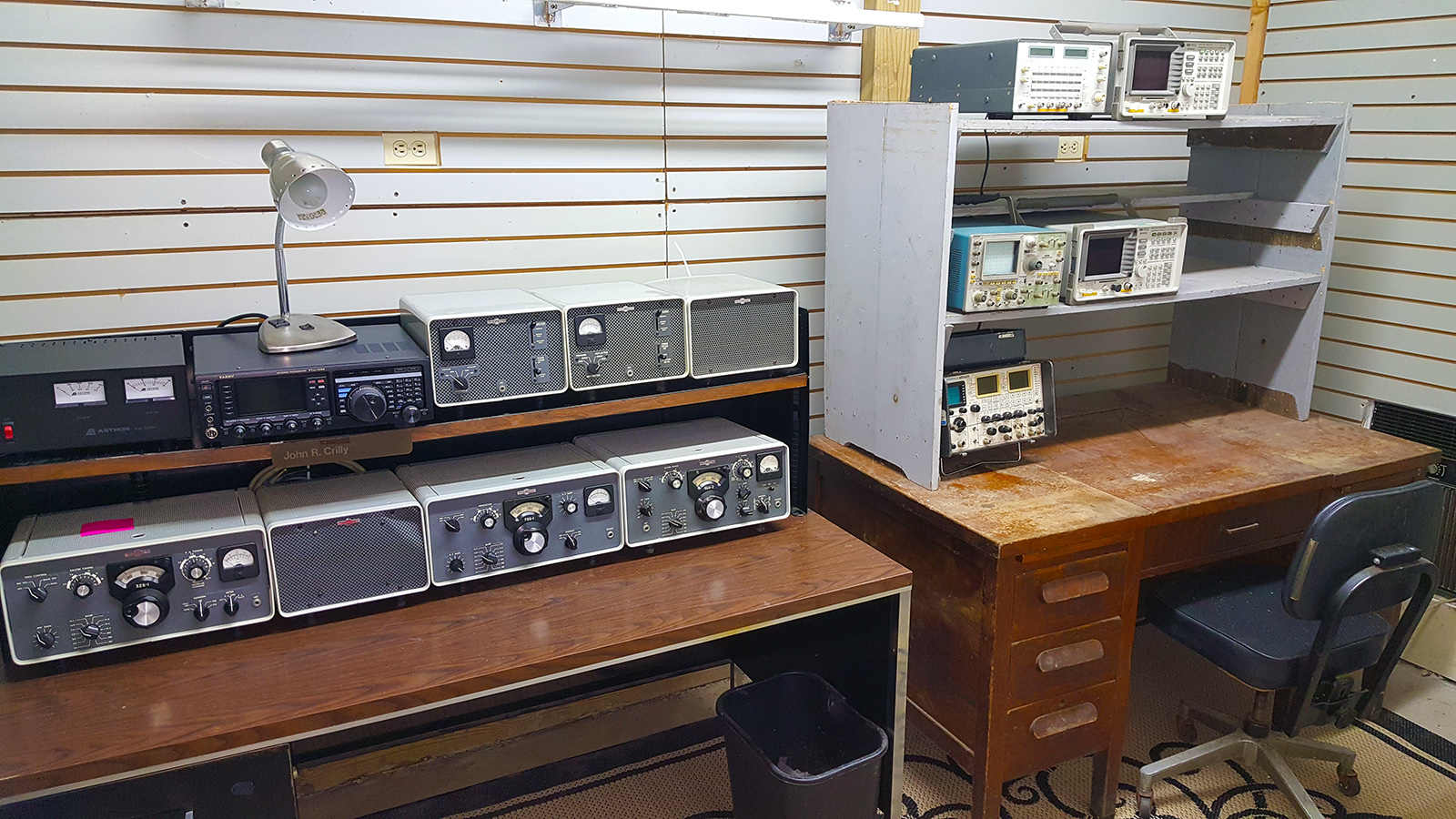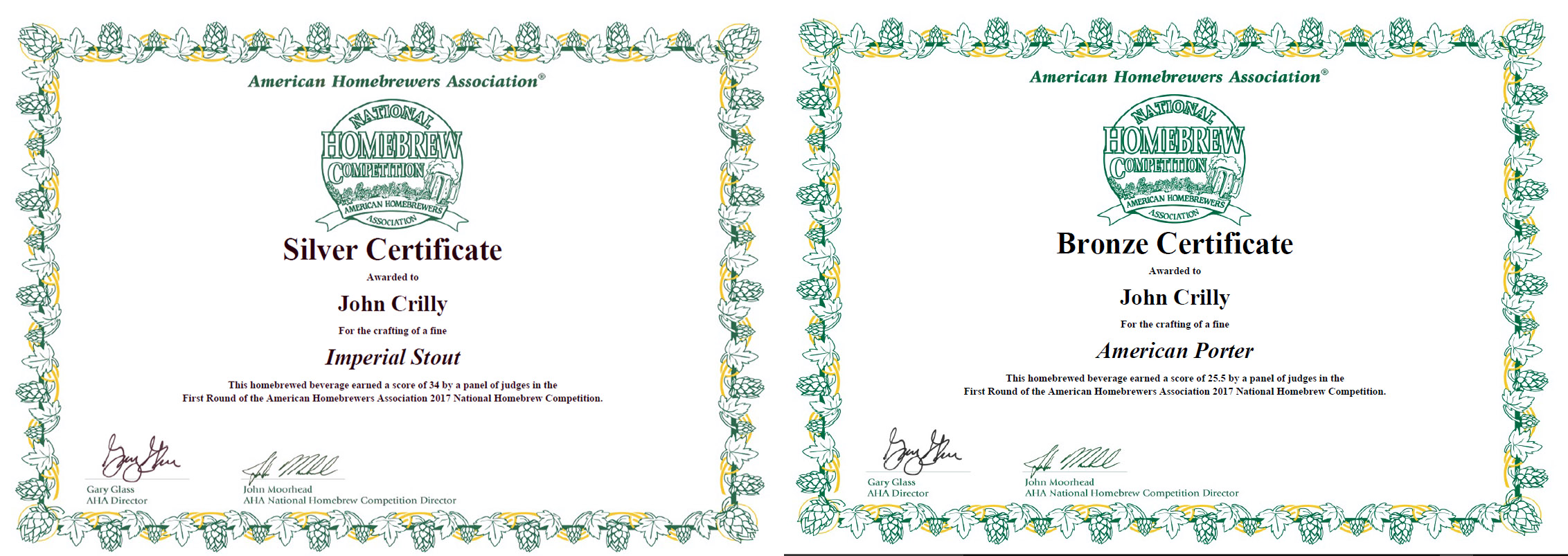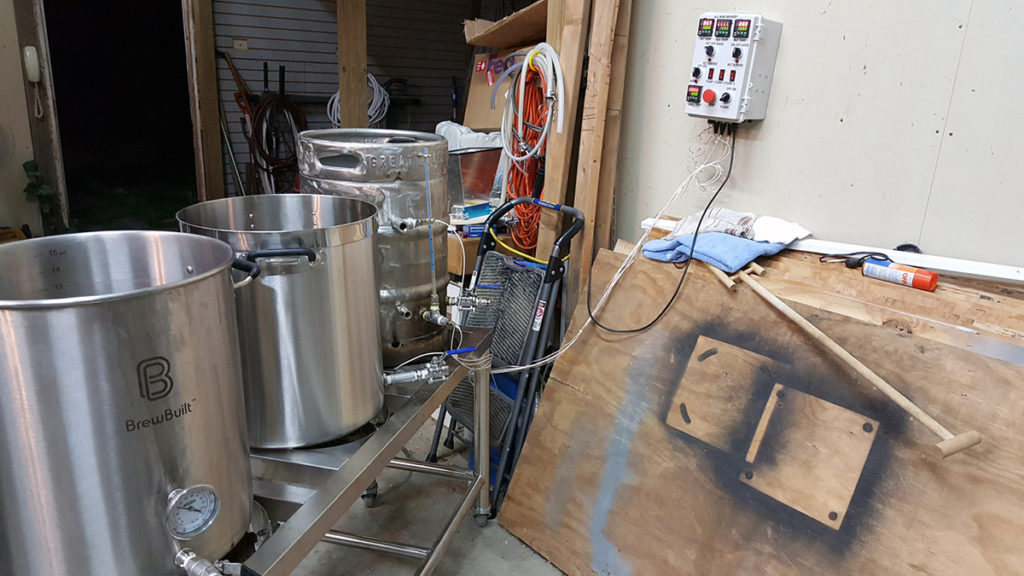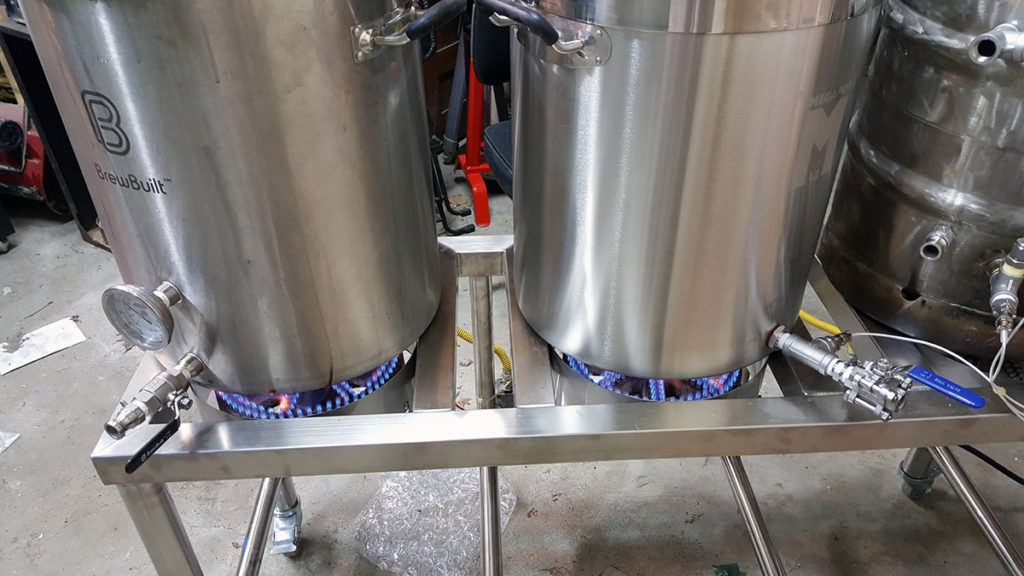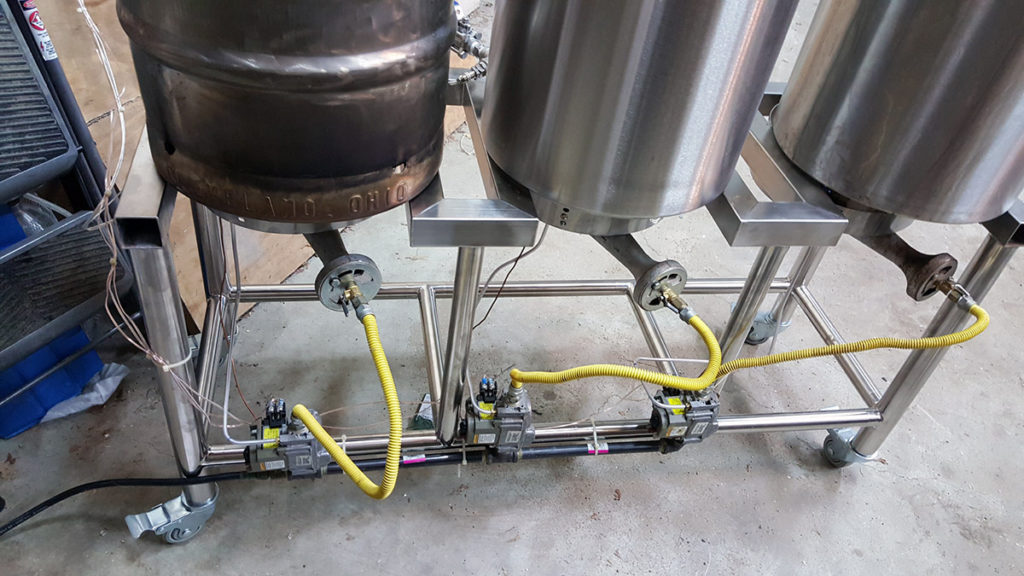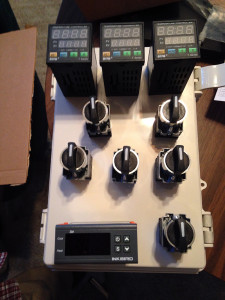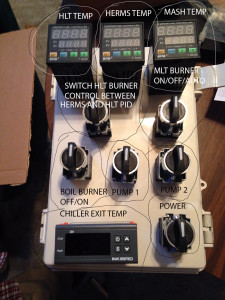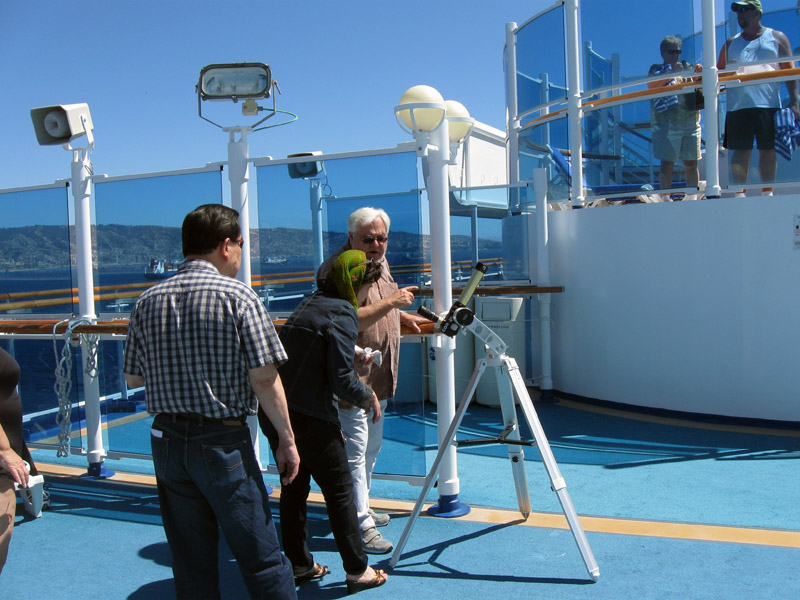
I stopped doing the cruise ship astronomy presentations in 2014 due to insecurity about my health but things have improved a great deal and I started up again last year. I have switched to Royal Caribbean and am quite pleased with them so far; they have been my favorite cruise line for many years but I never hooked up with them for the enrichment programs before.
In November 2022 I did a gig on the Rhapsody of the Seas from Barcelona to Barbados. Had to dust off some old presentations and update them and added a new one or two as well. I enjoyed the presentations and they were well received. Better yet, we managed a stargazing session one night and it was terrific – the best sky I have experienced on a ship. The passengers loved it and so did I. I have booked the same trip on the Rhapsody for this November, though the itinerary is a little different and this one ends up in Ft. Lauderdale.
This year (2023), I went on the Ovation of the Seas in May. It was two voyages back to back; the first was Honolulu to Vancouver and the second was Vancouver to Seattle via Alaska’s Inner Passage. I added a new topic, the Aurora Borealis, for the Alaska leg of the trip. Never managed a stargazing session (I figure we get to do those about 50% of the time) but the presentations went well and were well received. The best part for me that I managed to stay healthy for the duration of the trips so I should be able to continue doing these for a while.
